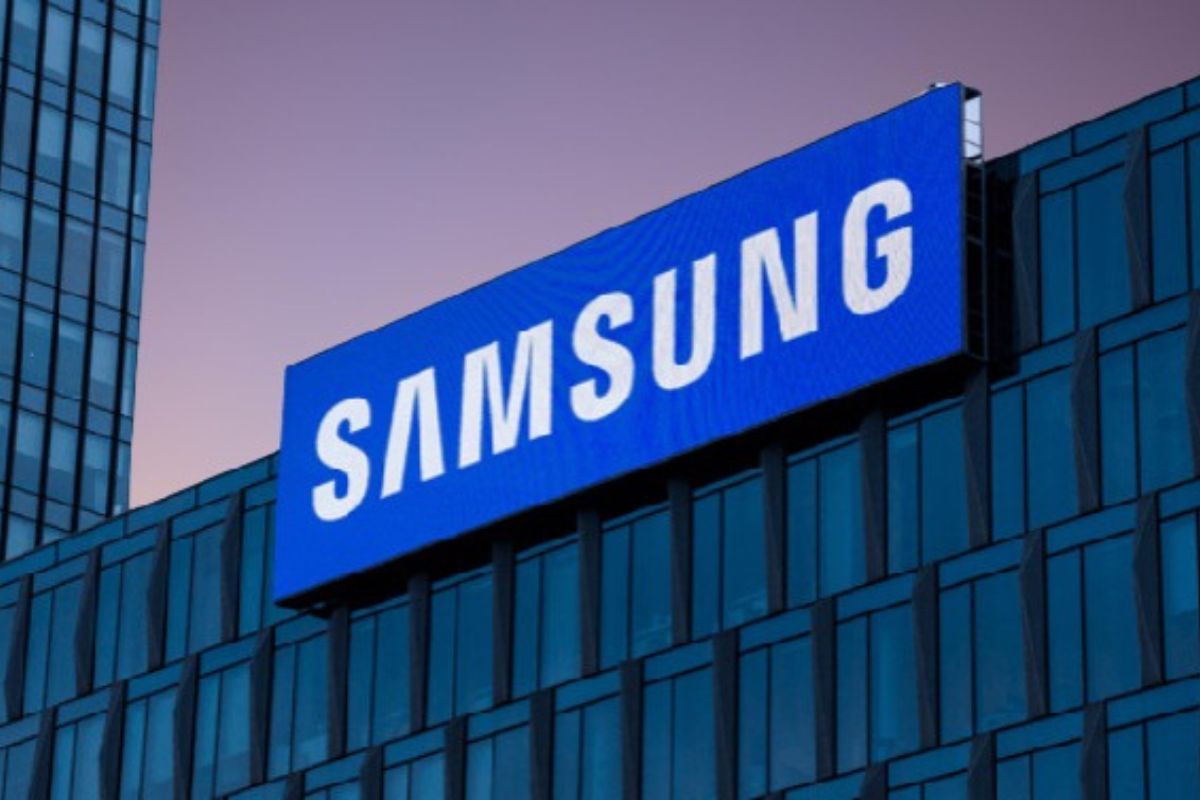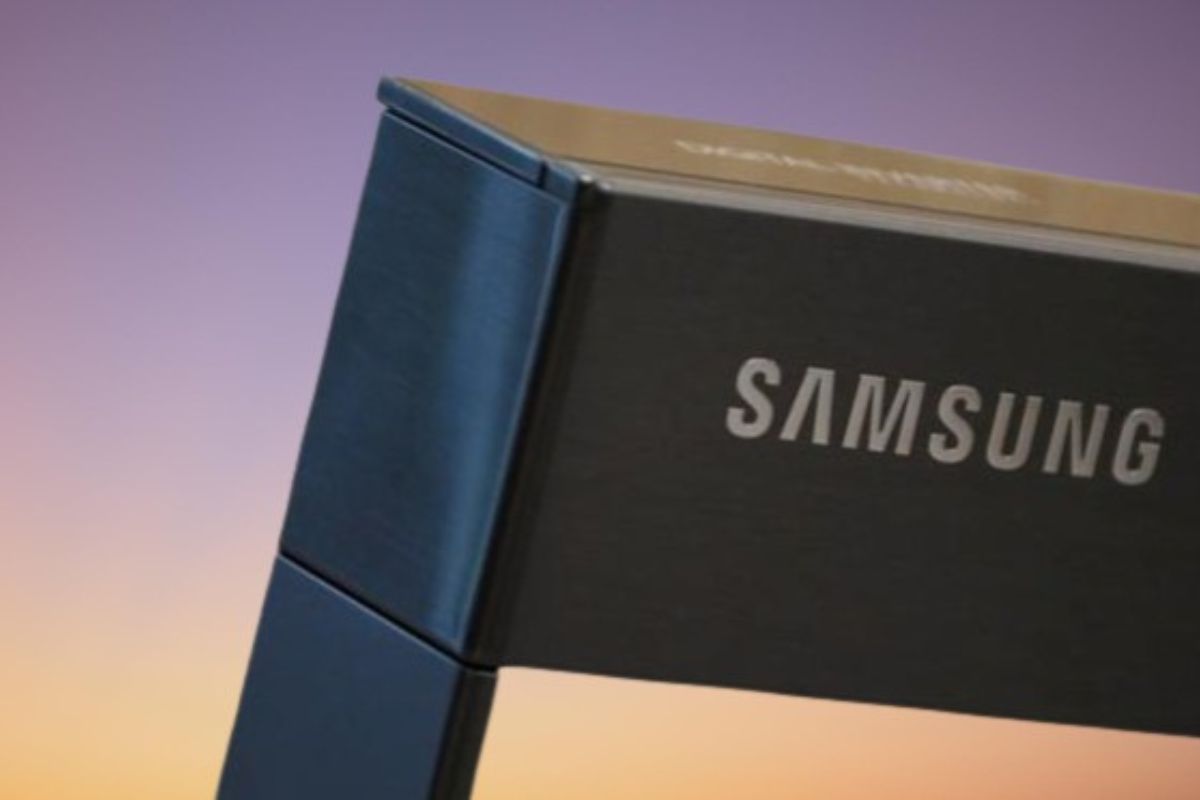Samsung’s Q4 Surprise: Samsung has sent shockwaves through the tech industry, as the South Korean giant reported a larger-than-expected drop in profits amidst weak consumer demand. The once-dominant smartphone manufacturer saw its operating profit plunge by a staggering 35%, leaving investors and analysts questioning the company’s ability to navigate the increasingly challenging market landscape.
As the dust settles, it becomes clear that Samsung’s struggles are not isolated, with LG Electronics also reporting lower-than-expected profits for the same period. However, amidst the gloom, there is a glimmer of hope for Samsung, as its memory chip business shows signs of improvement.
With mobile business challenges on the horizon, including a decline in earnings and flagship model shipments, the road ahead for Samsung is fraught with uncertainty. How will Samsung weather this storm, and what are the implications for investors and the market at large? Stay tuned to find out.
Key Takeaways
- Samsung Electronics experienced a significant blow to its fourth-quarter operating profit, with a 35% drop.
- The drop in profit indicates the company’s struggle with weak consumer demand, despite improvements in memory chip prices.
- Samsung needs to address underlying issues causing the decline and take proactive measures to regain market momentum.
- Samsung must urgently address challenges in its mobile business to regain its position as a leader in the highly competitive mobile market.
Samsung’s Fourth-Quarter Operating Profit Plunge: A 35% Drop
Samsung Electronics has experienced a significant blow to its fourth-quarter operating profit, with a staggering 35% drop that has left analysts and industry experts surprised and concerned.
Also Read: Qualcomms Latest Chip to Drive Samsung and Googles Next Headset
This unexpected plunge in profit is a clear indication of the company’s struggle to cope with weak consumer demand, despite improvements in memory chip prices.
As the world’s largest memory chip, smartphone, and TV maker, Samsung’s disappointing performance raises questions about its ability to sustain its dominance in these sectors.
The 35% drop in operating profit is alarming and raises concerns about the company’s overall financial health and strategic direction.
It is crucial for Samsung to address the underlying issues causing this decline and take proactive measures to regain market momentum.
Failure to do so may result in further setbacks and potential loss of market share to competitors.
LG Electronics Joins the Struggle: Fourth-Quarter Profit Below Estimates
LG Electronics faces challenges as its fourth-quarter profit falls below estimates, reflecting the intensifying competition and increased marketing spending in the consumer electronics market. The company’s struggle highlights the fierce battle for market share in the industry, with rivals like Samsung also experiencing a drop in profits.
As consumer demand weakens and inflation rises, companies like LG are forced to invest heavily in marketing to stimulate sales. This not only puts pressure on profit margins but also underscores the broader trend of economic factors impacting the demand for consumer electronics.
The competition in the television and home appliance markets is fierce, with companies vying for the attention of consumers who are becoming more discerning and price-conscious. LG Electronics will need to devise innovative strategies to stand out and regain profitability in this challenging landscape.
- Intensifying competition: LG Electronics is facing fierce competition in the consumer electronics market, with rivals vying for market share.
- Increased marketing spending: To stimulate consumer demand amid weak market conditions, LG has had to increase its marketing spending significantly.
- Pressure on profit margins: The increased marketing spending puts pressure on LG’s profit margins.
- Impact of economic factors: LG’s struggle is reflective of the broader impact of economic factors, such as weak consumer demand and high inflation, on the consumer electronics industry.
Silver Lining for Samsung: Memory Chip Improvement Amid Weakness
Amidst the intense competition and challenging market conditions faced by consumer electronics companies, there is a glimmer of hope for Samsung as its memory chip division shows signs of improvement. While the overall profit drop for Samsung in the fourth quarter of 2022 was bigger than expected, the positive performance of the memory chip division provides a silver lining for the company.
This improvement can be attributed to Chinese PC and mobile makers restocking in the last quarter. In fact, this marks Samsung’s smallest year-on-year profit drop in five quarters, indicating that the memory chip division is holding strong amidst the weakness in other sectors. The table below highlights the key figures related to Samsung’s memory chip division:
| Key Figures | Memory Chip Division |
|---|---|
| Q4 Profit | Improved |
| Year-on-Year | Smallest drop in 5 quarters |
| Contributing Factor | Restocking by Chinese PC and mobile makers |
Despite the challenging market conditions, Samsung’s memory chip division offers a glimmer of hope and suggests that the company may be able to weather the storm and come out stronger in the long run.
Mobile Business Challenges: Dip in Earnings and Flagship Model Shipments
The mobile business of the multinational consumer electronics company faced significant challenges in the fourth quarter of 2022. There was a decline in earnings and a notable decrease in shipments of flagship models. This dip in earnings is a clear indication that Samsung’s mobile division is struggling to keep up with consumer demands and market trends.
With flagship foldable model shipments estimated to have fallen by about 1 million units each compared to the third quarter, it is evident that Samsung’s once dominant position in the mobile industry is being threatened. This decline in shipments is a cause for concern as it highlights the company’s inability to innovate and deliver compelling products that resonate with consumers.
Samsung must urgently address these challenges if it wants to regain its position as a leader in the highly competitive mobile market.
- The decline in earnings reflects Samsung’s failure to adapt to changing consumer demands and preferences.
- The decrease in flagship model shipments indicates a lack of innovation and compelling features in Samsung’s products.
The Road Ahead: Samsung’s Outlook, Investor Expectations, and Market Dynamics
Samsung’s future outlook, investor expectations, and market dynamics are crucial factors to consider as the company navigates through the aftermath of a challenging fourth quarter. Investors are eagerly awaiting the detailed earnings release on January 31, hoping for positive news to boost their confidence in the company.
The initial market response has been relatively positive, with a 1.2% gain in shares and a slight increase in trading on Tuesday morning. However, Samsung’s success in the road ahead will depend on its ability to stimulate demand for memory chips per device, especially with the introduction of on-device artificial intelligence.
The consumer electronics market is facing broader challenges, and economic factors continue to impact demand. Samsung must carefully navigate these dynamics to regain its position as a leader in the industry.
Conclusion Of Samsung’s Q4 Surprise
Samsung’s fourth-quarter operating profit has taken a significant hit, dropping by 35%. This decline is attributed to weak consumer demand and challenges in the mobile business, including lower earnings and fewer flagship model shipments.
However, there is a silver lining for Samsung, as their memory chip division has shown improvement.
Looking ahead, Samsung faces the task of meeting investor expectations and navigating market dynamics in order to regain its momentum.
Our Reader’s Queries
What is the result of Samsung q4?
Samsung Electronics Co Ltd has projected a 35.03% decrease in its fourth-quarter operating profit compared to last year. The company also expects a 4.91% decrease in quarterly sales.
What does Samsung sell?
Samsung is a leading producer of a diverse range of electronics for both consumers and industries. Their products include appliances, digital media devices, semiconductors, memory chips, and integrated systems. With a focus on innovation and quality, Samsung has established itself as a trusted brand in the electronics industry.
How does Samsung make profit?
In Q3 of 2023, Samsung Electronics’ mobile experience (MX) raked in a whopping $22.5 billion, making it the company’s top revenue generator. Alongside MX, Samsung’s mobile communications and display panel businesses also made significant contributions to the overall revenue.
What is the financial achievement of Samsung?
Samsung’s consumer electronics division, encompassing TVs and home appliances, generated a whopping ?15.6 trillion in sales during Q1 2023, equivalent to $13.3 billion. This marks a 5% increase from the previous year’s Q1 figures. The company’s operating profit for the same period amounted to ?1.2 trillion, approximately $1 billion.




